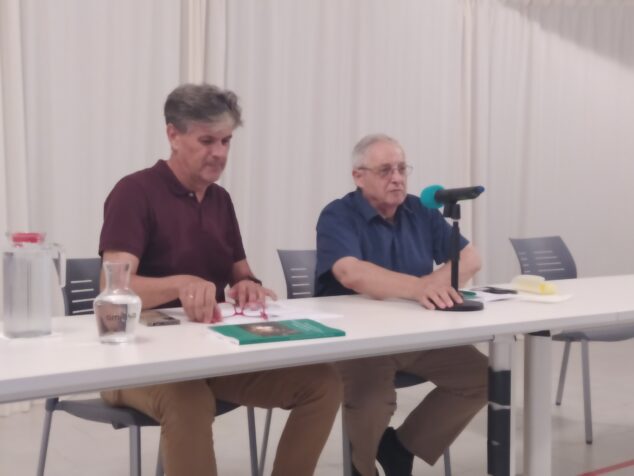The curiosity to know, learn and discover more, leads to research. From there the history of our ancestors is born. Exploring new places or simply seeing, in the first person what they tell, is to find the true story. And it is that chance leads to curiosity.
In this story we find two doubts or, in turn, two curiosities. On the one hand, the curiosity of the Valencian chronicler, Vicente Boix, to know, first-hand, the towns that were occupied by the Moors before their expulsion in 1609 and to reflect them in his historical legend 'Omm-Al-Kiram'.
On the other hand, the curiosity of the historian of Xàbia, Juan Bta. Codina Bas, for knowing where the Cueva Grande de Xàbia is located and what the Cueva Grande de Xàbia is, a reference that he found by chance in a document by Vicente Boix that he published in the literary museum from 1865.
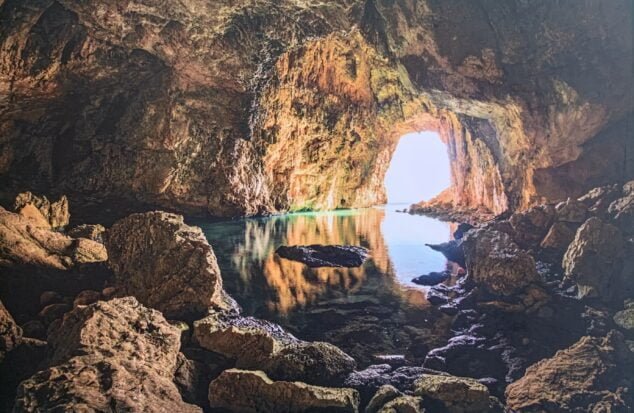
This search or investigation by both historians led to the discovery of more corners, more places and more history of a large part of the Marina Alta region. It all begins with Vicente Boix's journey and his curiosity to discover the towns occupied by the Moors. In the writings of his detailed itinerary from Valencia to Aitana, he narrates all the landscape that he finds along the way, focusing on different corners of our region.
Xabia, Dénia, Ondara, Benissa, Moraira, Calp, Laguar, Castell de Castells or Plà de Petracos These are some of the locations that the chronicler talks about and that are now recovered, in part, with Codina's book 'Journey to La Marina and orographic regions of Aitana de Vicente Boix'.

In the account of the journey to discover the spaces of the Valencian geography occupied by the Moors, the author narrates his arrival in the region of La Marina Alta, highlighting his entry through Ondara and observing "the slopes of the Lahuar mountains".
Dénia
De Ondara account that "it is a beautiful town with a beautiful church separated from El Vergel". From there it travels to Dénia, a city that he describes as a small English town and where he discovers "the Montgó colossus" and recounts the landscape that he observes "small country houses in the middle of the vines[...], the riuraus, the drying of the raisins and the walls ".
Xàbia
On his way to Xàbia to reach the Cova Tallà (Cueva Cortada), discover, in a group of rocks, the silhouette of a man with a beard on the Montgó.
The first view is the Cova Tallà, which he describes as "small open channels between the detached masses of Cabo de San Antonio and which only allows the passage of shallow-draft ships". The author goes inside where he details "a spacious cave with a very high vault, which traces an arch at the entrance [...]" and where he discovers that the extraction of this "spongy and porous stone" (rough stone).
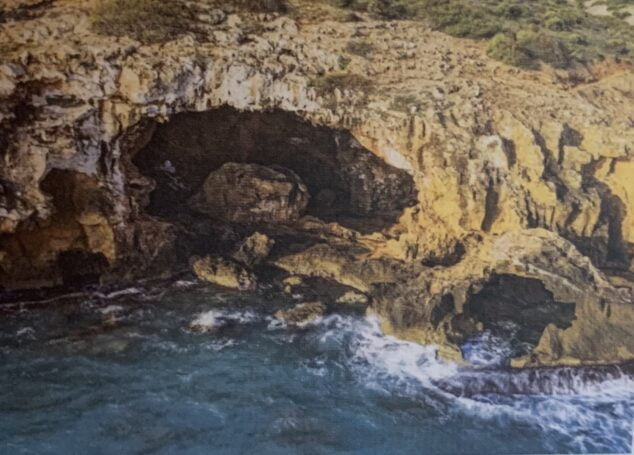
The visit to Xàbia takes you to see the "church-castle" (Church of San Bartolomé), the Casa de los Bañuls and its main objective of exploration, the Cova Gran (Big Cave), fishermen's refuge and pirate hideout.
After an hour's journey by sea to cross the bay of Xàbia, aboard a lateen-sailing felucca, he arrives at his destination. The cove great It is located under Cabo de la Nao. It is not the Cova dels Orguens, but the Cova del aigua (of water). The denomination of large is due to being one of the most spacious on the coast and with an enormous height.
The trip continues its itinerary visiting, now yes, the Cova dels Orguens, the Cova del Llop Marí to resume its exploration towards the rest of the Marina Alta.

The journey continues south to Benissa, a town that he describes as a "population with little neighborhood, clean and well aired".
Calp
In the direction of the sea along the "picturesque paths" it reaches Calp, divided, according to the writing, into two towns: "the old Calpe" (this is the name given to the section known as Collado up to the foot of Ifac). Since before the baths) and the "town of Calpe, modern, located on height and almost at the foot of the Rock where the Baths of the Queen are).

In this locality, and once in the top of the Rock, discover the fishing of Calp (rather, its protagonists with all the materials), which makes them discover the ancestral method of fishing in this region.
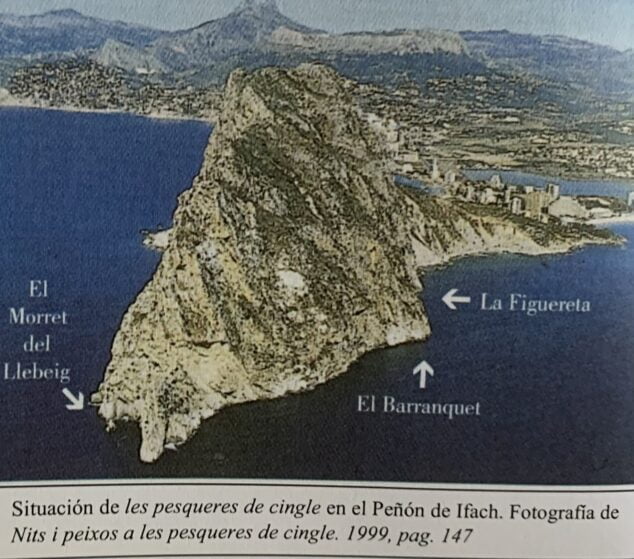
Bernia and the interior of the Marina Alta
The itinerary of the trip to the Moorish corners of the interior of Alicante and belonging to the Marina Baixa, takes you through the Sierra de Bernia and get to know its fortress (El Fort de Bernia). But his visit to our region continues on the return trip discovering the castle of Castell de Castells, La Vall de la Laguar where the Moors had taken refuge to prevent their departure from the kingdom of Valencia and the Plà de Petracos, where this historic battle was put to an end.
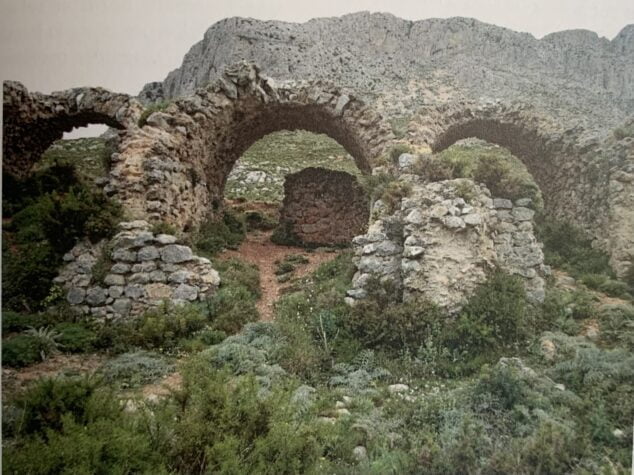
The book
This brief history is completed in the historical book 'Journey to La Marina and orographic regions of Aitana de Vicente Boix' by Juan Bautista Codina Bas, presented on the afternoon of Friday, July 15, in Xàbia together with Professor Javier Calvo, author of the prologue, coinciding with the start of the Moors and Christians festivities.
Anyone who wants a copy can contact the author himself.
